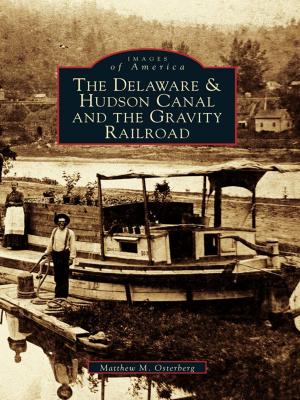Alameda by Rail
Nonfiction, Reference & Language, Transportation, Railroads, History, Art & Architecture, Photography, Pictorials, Travel| Author: | Grant Ute, Bruce Singer | ISBN: | 9781439618202 |
| Publisher: | Arcadia Publishing Inc. | Publication: | March 14, 2007 |
| Imprint: | Arcadia Publishing | Language: | English |
| Author: | Grant Ute, Bruce Singer |
| ISBN: | 9781439618202 |
| Publisher: | Arcadia Publishing Inc. |
| Publication: | March 14, 2007 |
| Imprint: | Arcadia Publishing |
| Language: | English |
Across the great bay from San Francisco, the city of Alameda evolved into an island hometown of fine Victorian and Craftsman architecture and a port containing a naval air station, shipbuilding center, and the winter home of the long-gone Alaska Packers fleet of �tall ships.� But Alameda also was a busy railroad town. In 1864, a passenger railroad with a ferry connection created a commute to San Francisco. In 1869, the city became the first Bay Area terminus of the Transcontinental Railroad. Alameda became an island because a railroad allowed construction crews to dig a tidal canal, separating it from Oakland in 1902. Later generations rode steam, then electric, trains to a grand ferry pier where ornate watercraft guided them the 20 minutes to San Francisco. An auto tube, and later the San Francisco Oakland Bay Bridge, hastened the demise of ferry, then rail, operations before World War II.
Across the great bay from San Francisco, the city of Alameda evolved into an island hometown of fine Victorian and Craftsman architecture and a port containing a naval air station, shipbuilding center, and the winter home of the long-gone Alaska Packers fleet of �tall ships.� But Alameda also was a busy railroad town. In 1864, a passenger railroad with a ferry connection created a commute to San Francisco. In 1869, the city became the first Bay Area terminus of the Transcontinental Railroad. Alameda became an island because a railroad allowed construction crews to dig a tidal canal, separating it from Oakland in 1902. Later generations rode steam, then electric, trains to a grand ferry pier where ornate watercraft guided them the 20 minutes to San Francisco. An auto tube, and later the San Francisco Oakland Bay Bridge, hastened the demise of ferry, then rail, operations before World War II.















